I’d say we “all”1 take pictures, and take pictures for a reason, but do we take pictures with a purpose? I thought I would write a blog that asks that question, perhaps too philosophical for this venue, but while listening to a CBC interview with “Civil War” writer and producer Alex Garland https://www.cbc.ca/arts/q/alex-garland-says-part-of-civil-war-is-embarrassingly-autobiographical-1.7173819 I began to think about photojournalism, film and photography in general, and how I fit in to this “genre”. I think I am an average consumer and producer of images. Sometimes to document, sometimes to record a passing moment, other times to copy a phone number or an item on sale at a store, the latter is just an example of the effect cell phone cameras have had on our lives. Not to get into the discussion of cell phone cameras vs cameras that you don’t call your friends from, but to ask “why do we record images and how often do we do it with purpose, real purpose that could make a difference in the lives of others”.
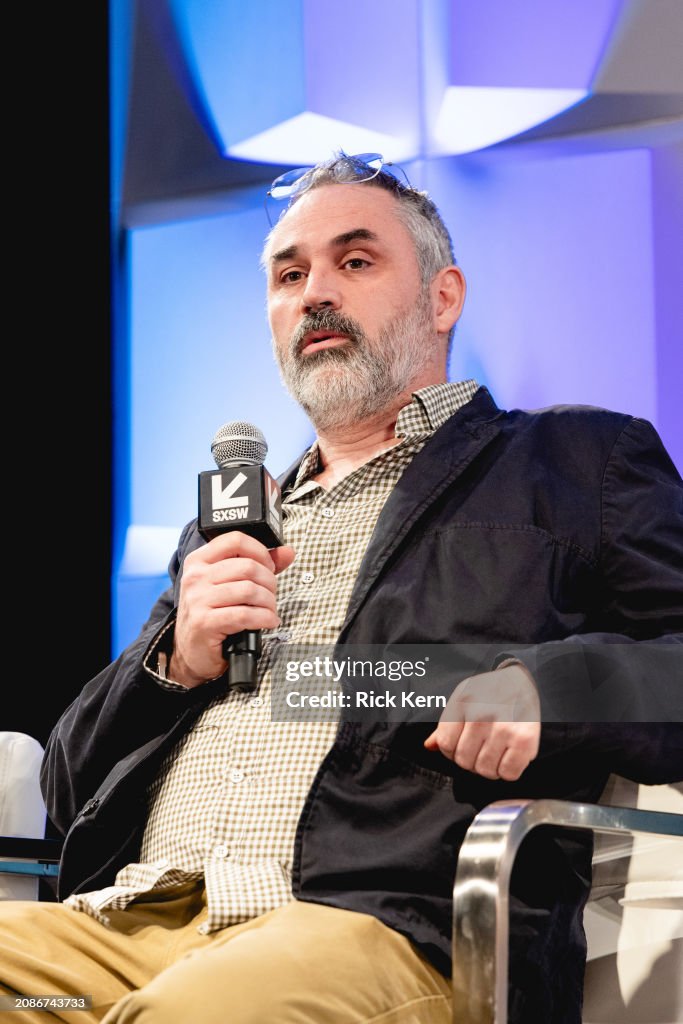
Now before I go any further, I openly declare that I am not an expert on the subject. I am not a photojournalist but have known many and am proud to call them my friends (not sure they would reciprocate the honour). I have travelled a bit, read less than many, and have a paper diploma from studying, observing and producing what some people might call “Art”. So now I can carry on…
There are many reasons we take pictures and for the most part, it is to record a passing of time – birthdays, parties, graduations, weddings, sunsets, flowers in bloom, holidays at the beach, cabin or ski slope. I sure there are some Freudian or Jungian reasons about death and sex for this, but you can look that up for yourself. Photographers and film makers are motivated to make images, moving and still, for various reasons. Most of it is monetary, I mean, we do still have to eat, and have to sleep somewhere, but for what other purposes? This is where writing this blog gets a bit philosophical and open to personal interpretation, mine that is. Of course, there are movies and photographs that entertain, and we need them to laugh, escape, maybe even cry on occasion. Then there are photographs and movies that in some part, inform our consumption of products – food, clothing, cars, the latest haute couture for your pet. These are also important as it puts food on our tables and drives the economy. But if we look at photography and film making with a higher purpose, and such lofty ideals as making a difference in people’s lives or raising the social awareness of the state of the world around us, I begin to ask how often does that motivation enter into our work? In contrast to the norm, a photographer and friend Michael Bednar has dedicated his time and talents to document and raise our awareness of the indigenous Quechua peoples of the Andes and their traditional language that is becoming endangered, and along with it their culture. https://www.patreon.com/posts/102711267?utm_campaign=postshare_creator
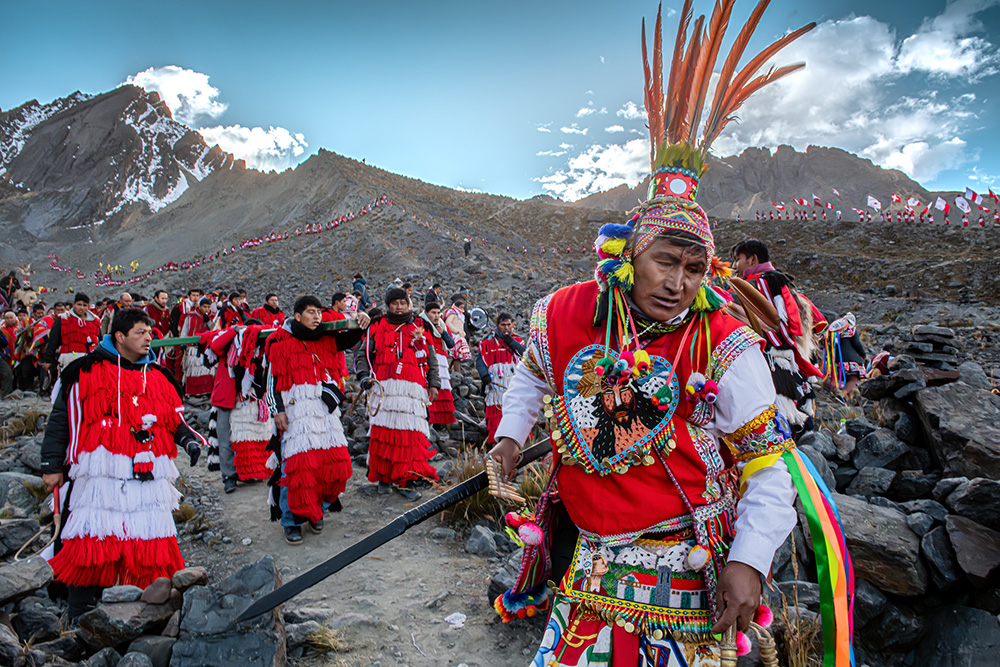
During the CBC interview, Garland recounts when he told someone in the film industry that he wanted to make a film where journalists are the heroes,. They responded “don’t do that, everyone hates journalists.” That shook me, and came totally as a surprise as I felt we owe so much to our journalists and photojournalists for keeping track of our sometimes slipping democracy, and for bringing world issues to the forefront. From the earliest times to the most current wars in the Middle East, the Ukraine, and other famines and conflicts around the world, they are often putting their lives on the line. Sure there are bad journalists that spout off propaganda clothed as reportage, so in a sense “fake news” which is different than calling accurate news “fake”. So why would anyone hate journalists? Is it because they are confused with the paparazzi or the grocery store magazines reporting on a royal baby or what swimsuit a celebrity was or shouldn’t be wearing. Or is it because we are inundated with so many news feeds, that we have become overwhelmed?
Photojournalists are not the only ones to use this medium to create a voice for themselves and to draw attention to inequalities, injustices or a cause that needs to be brought to the forefront. Artists and illustrators have used photography to draw our attention to various causes almost from the invention of photography, and writers, musicians, painters, sculptures, and other artists have used their art for the same purpose long before that. There is a long history there. So how did taking pictures get to where it is today?
We could start with Mr. Eastman and others, for putting affordable cameras in the hands of the masses. What were they thinking, besides making lots of money. But on the other hand, do we praise them for making the medium more affordable so these same people could have a voice? To have the ability to record the human plight and draw our attention to it. The same could be said about the invention of digital cameras. No longer was there an actual cost to pushing the shutter release button and having to pay for the film and processing to see the image you captured. Taking 1 or 100 pictures costs the same so why not 1000. But there still was an element of intent to using a camera. You had to consciously pick up your camera, maybe even choose a lens or two to bring along with you, probably even a camera bag. Thought, intent, planning, maybe all three of these were checked off. Then some wise developer thought of putting a camera into a mobile phone. Brilliant idea. Cell phones are always with us all the time. Along with being a portable communication device they were our notepads, our alarm clocks, our calculators. Introducing a built in camera was logical. Developments in nanotechnology allowed for more storage of information, better screen resolution, and higher resolution cameras with multiple lenses. Now you are never without your camera, never a reason not to take a picture. Except to ask yourself why.
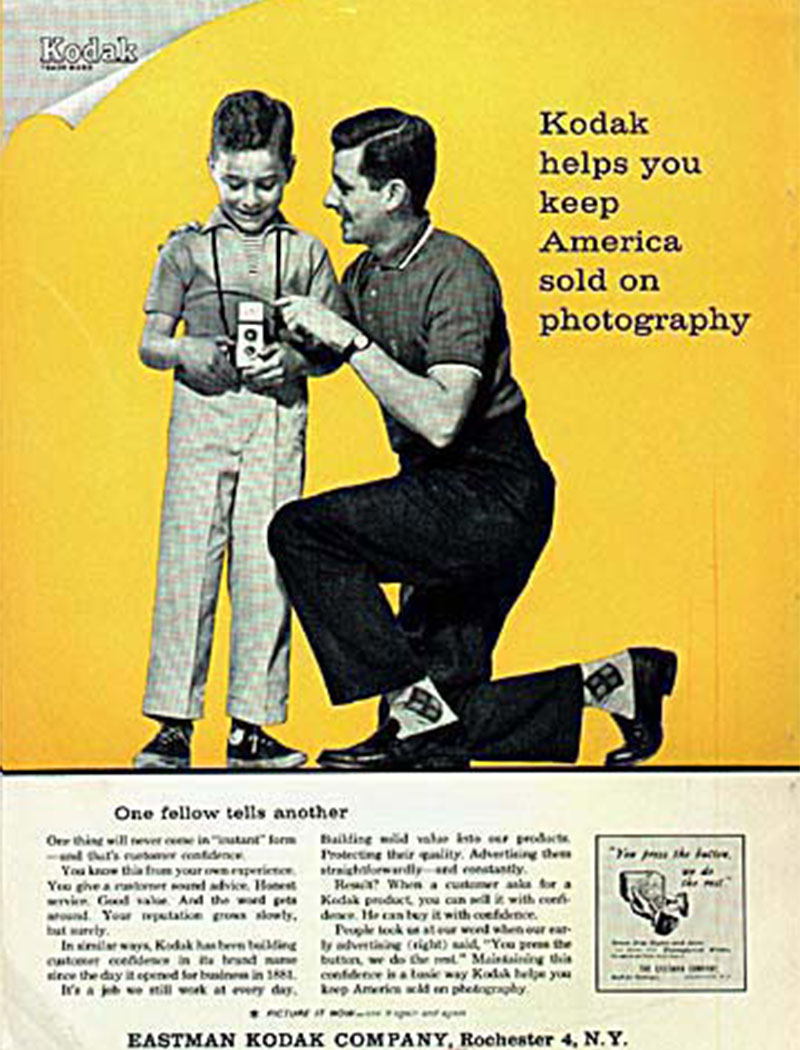
Now, don’t get me wrong. I am as guilty as the next cell phone owner. I use my phone way more that my camera and most of that is because I am too lazy to take out my camera and set it up. Convenience is my crutch. I also believe it can be the same tool as a camera to record discreetly, acts of violence, brutality either state sanctioned or mob mentality, rioting looting etc. where you can not or should not get involved. (Just in case the Canucks don’t win the playoffs or the Stanley cup). It can and has been used to record acts of bravery, peaceful marches and protests. It can also be a great device to share special events like birthdays, weddings, anniversaries with those who could not attend for various reasons. Too often the cell phone is used just because it is there with us all the time and without thought, without thinking why. What if it cost you something to take each photo? Would you take as many snaps?

I guess one could argue it is not the device but a response to a situation, almost Pavlovlovian. We see something attractive, unusual or otherwise and the “take a picture” part of our brain starts salivating and we feel the need to record it. But why? Is it special enough to be recorded for prosperity? Or are we conditioned through social conventionality that this is the norm. I am not sure. But spend time on any social media platform and you see people have the need to share the most intimate moments. What was once private or shared with the closest of friends, is now shared with the world. That along with those who feel a passionate need to share images of the most banal.
Now, I think this rant has gone on long enough and has taken a curmudgeonly air. Also, I am very aware on a personal level that sometimes you have to take a lot of mediocre pictures to get to the one you are striving for, or are happy with, and by all means you should go through that journey. But I want to leave with this thought – rather than always relying on your camera’s memory device, trust your own, even if only partially. Fill your personal hard drive up with these moments and images, they might help you through some of life’s lowest times. Not always, but sometimes, ask yourself, why? Why do I want to take this picture? Maybe you will find a reason you didn’t know was there.
Featured image Top of page : A dancer known as a Qhapaq Qolla dressed in traditional clothing and accessories dances amongst the sparks of fireworks during the Paucartambo Folk Festival. Copyright Michael Bednar Photography.
1 “all” is in reference to a “westernized” and privileged interpretation of “all” in light of the audience who may or may not actually read this blog. But recognizing many of the world’s population do not have access to, or can afford cell phones or cameras.


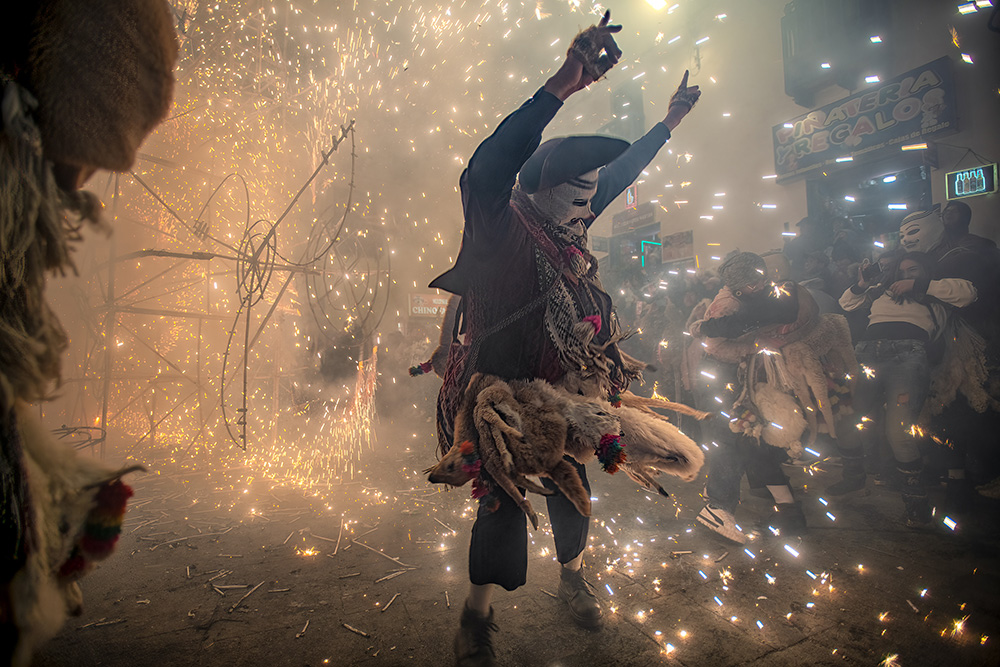
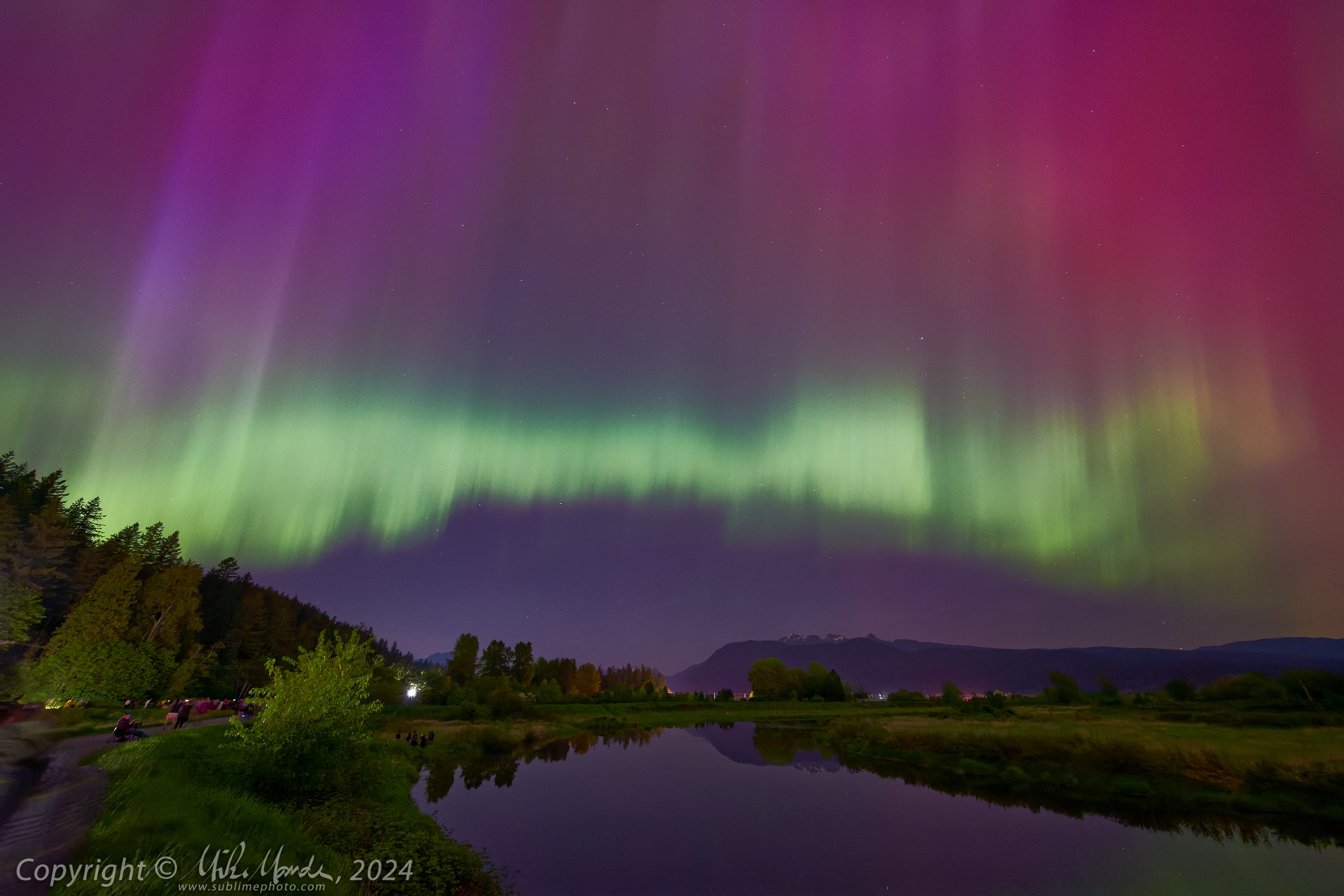
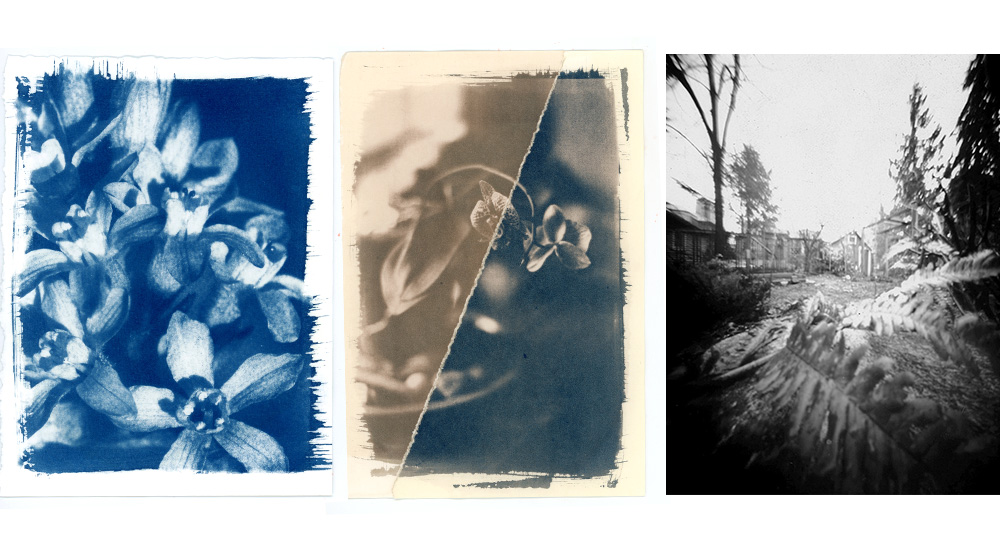
One reply on “Photography with a purpose”
Syed M.
Excellent article! Really makes you think about the value of photographs and their relationship with memories.
Comments are closed.